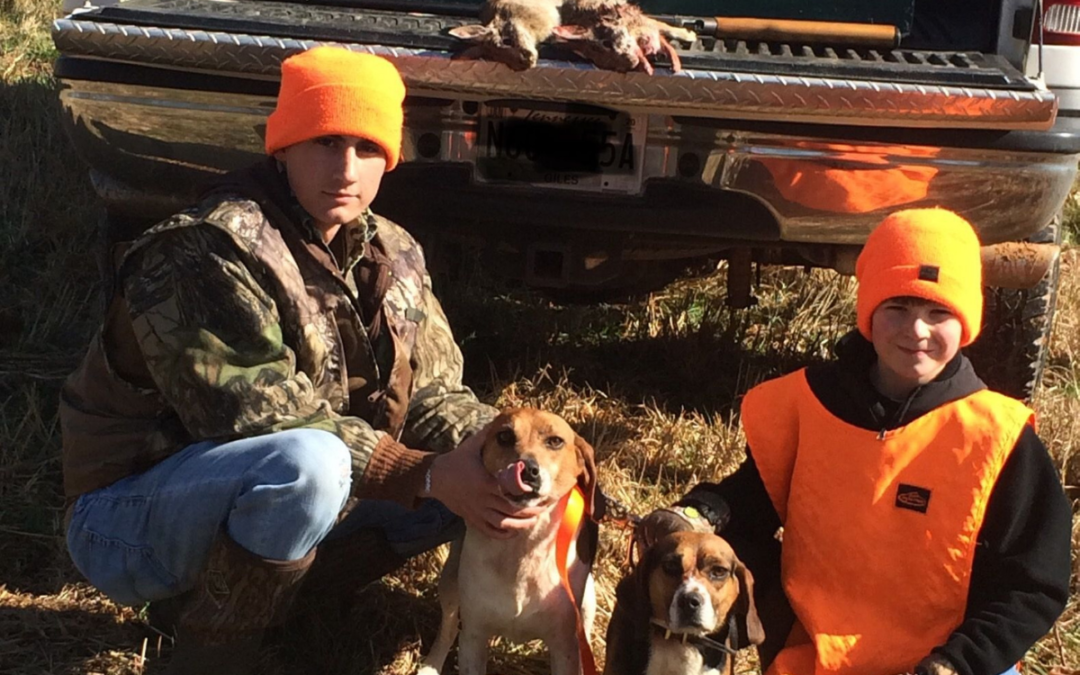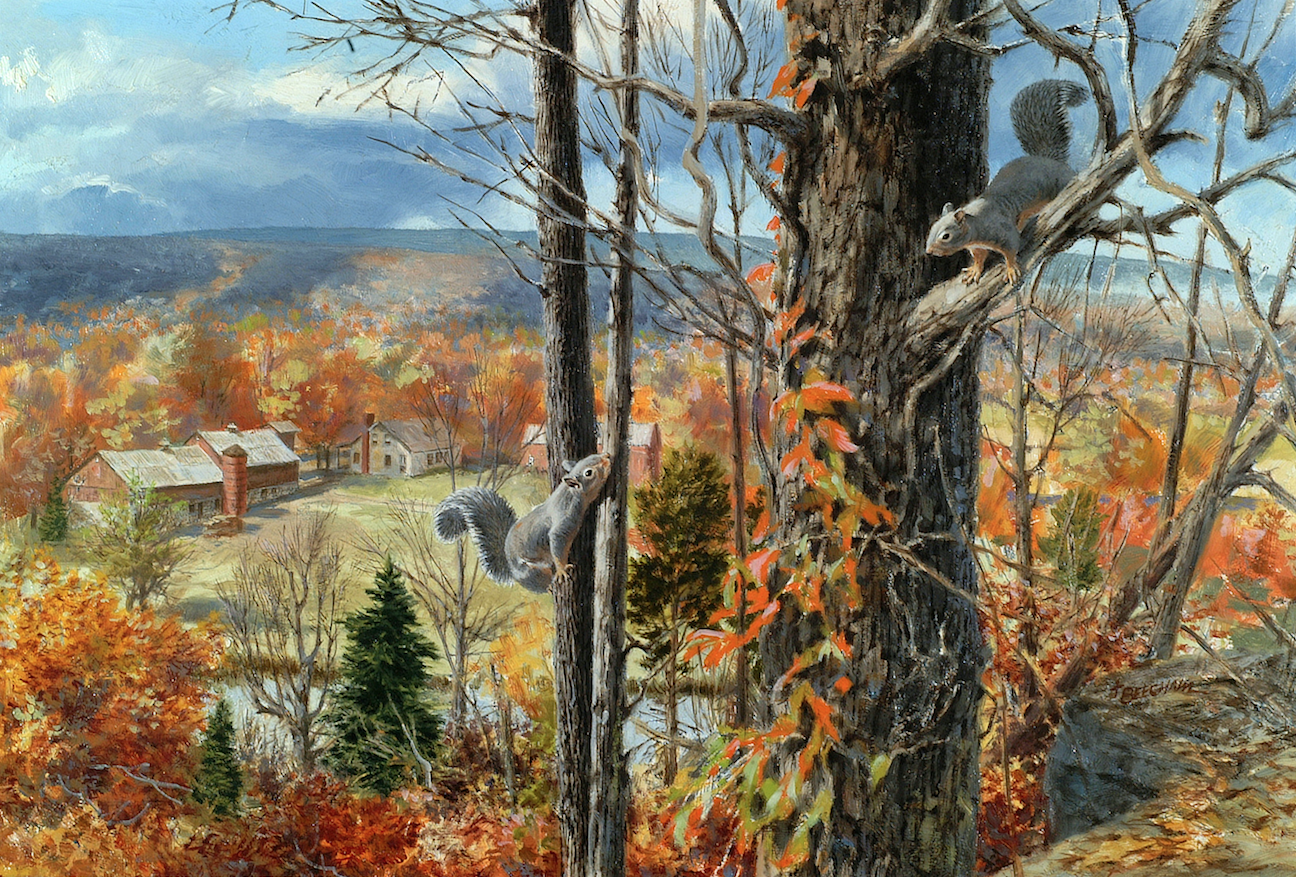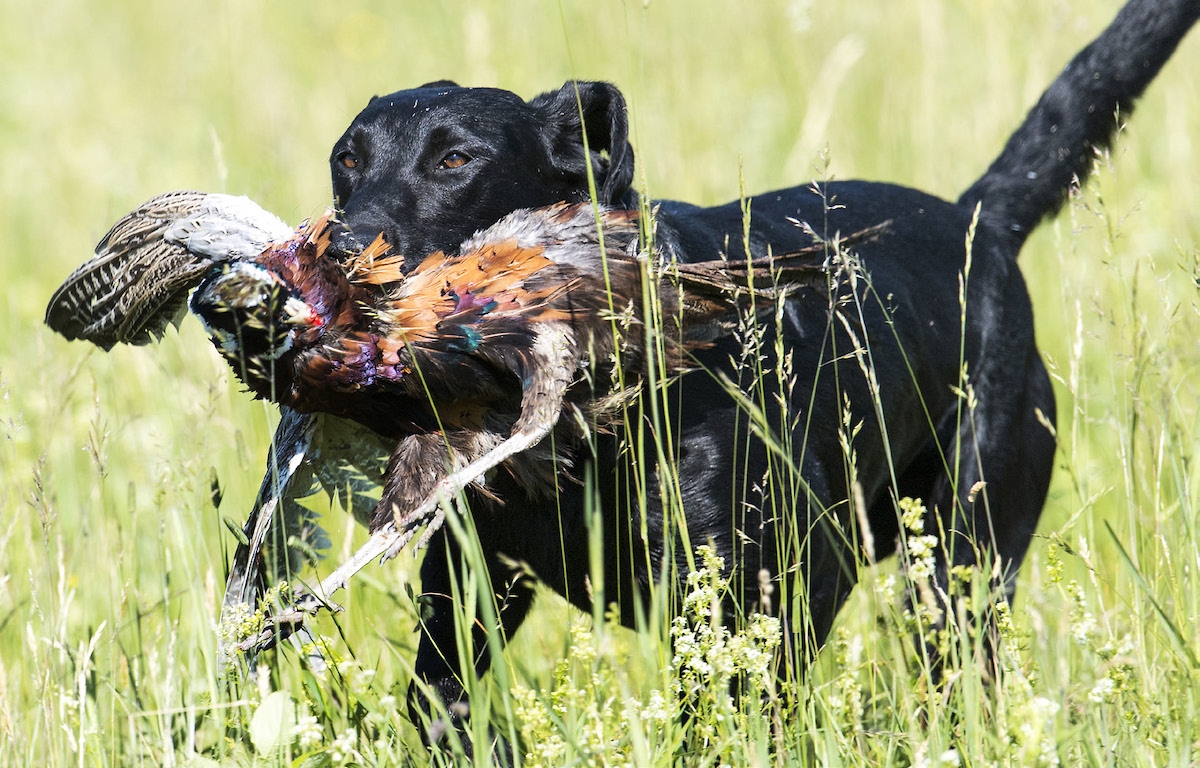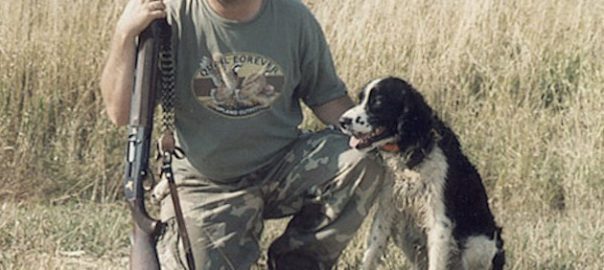Small game hunting for squirrels, rabbit, pheasant, dove and other species ignite a flame in young hunters that lasts a lifetime.
The squirrel scurried from one limb to another, unaware of the camouflaged figure. Settling on a limb facing me, it stared, unsure of what he was seeing. I stared back for a few seconds but glanced off to the side, using my peripheral vision. I hold to the idea of a sixth sense in animals. The furry figure sat motionless. Slowly I raised my Ruger 10/22 and set the crosshairs between the forepaws. An accurate shot accounted for the first of the day. While admiring the grey fur and the bushy tail, I could picture him in a cast iron skillet, quartered, rolled in flour and fried with a brown crust. The addition of more flour would make a delicious gravy. I could almost hear the timer on the range, declaring that my wife’s homemade biscuits were done. From delicious meals to the memories made, small game hunting has much to offer any sportsman.
Pheasant Hunting
Growing up on a dairy farm in central Ohio had hunting at the top of the list of leisure time. My father’s farm and my uncle’s farm offered 360 acres of prime habitat for small game. Corn fields provided food and cover for the prized ringneck pheasant. After the corn was picked and season opened, it was time to go hunting. Weather was pleasant, beginning to cool with fall turning to winter at the end of hunting season. Pheasant hunting was organized with a line of hunters walking down the corn rows accompanied by two or three beagles. The dogs performed double duty by rousting out rabbits from brush piles and flushing pheasants hunkered down in the corn field.
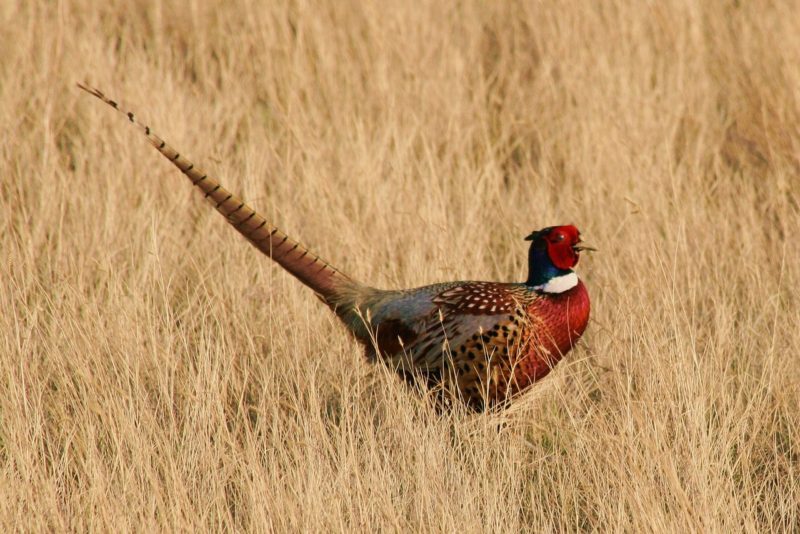
I still remember those days as if yesterday. Hearing the swish of the canvas pants as they brushed against the broken cornstalks was a sound that went with the season just as Christmas carols are heard during the Christmas season. I learned to walk slowly as my father or uncle watched the beagles scamper around pyramids formed from corn stalks, eager to find the scent of a pheasant or rabbit. After locking on a scent, their tails were almost a blur, wagging in quick time. The dogs wouldn’t stop until close became too close. The bird would cry out and burst from its hiding place, shooting straight up like a Saturn rocket. Leveling off in flight, the colorful bird would seek the safety of the tree line at the edge of the field. The dogs would perform double duty. While searching for pheasants, rabbits would jump up when the beagles got too close and dash off, showing his characteristic cotton tail.
Squirrel Hunting
Going back to an earlier time, my father hunted with an older brother and friends on a farm in eastern Ohio. Squirrels and rabbits provided a needed break from farm chores and school. World War II interrupted life. Postwar time took a different direction. Dad married and I became what is known as a Baby Boomer. When I got older, we hunted together, the picture of the teacher and student. Camouflage didn’t exist for hunting in the early days. Dull colored clothing of brown, tan or shades of green was the order with a red hat to comply with the current state regulations. Hunter Orange was decades away. Fall hunting in Ohio fell when the leaves were gone and little furry figures were easily seen in the trees. Finding a grove of hickory or walnut trees was easy. Look for sign or activity, get a comfortable spot on the ground and wait.
If luck held out, a squirrel would eventually come within range of my Mossberg .410 or Dad’s 12 gauge Winchester Model 12. Patience was a necessity when hunting this way. Dad always liked to hunt after a rain in the early part of season. It was stop, listen and look. He always described when a squirrel jumped from limb to limb, the raindrops sounded like spilling a handful of bird shot on a tile floor. The sound would alert us and move our attention to the location of the sound and the route of the squirrel in the trees. Dad also pointed out that a squirrel will go the back of the tree to hide and listen for movement. He always found a rock or limb to toss past the tree, bringing the squirrel around to our side. This has worked many times over the years.
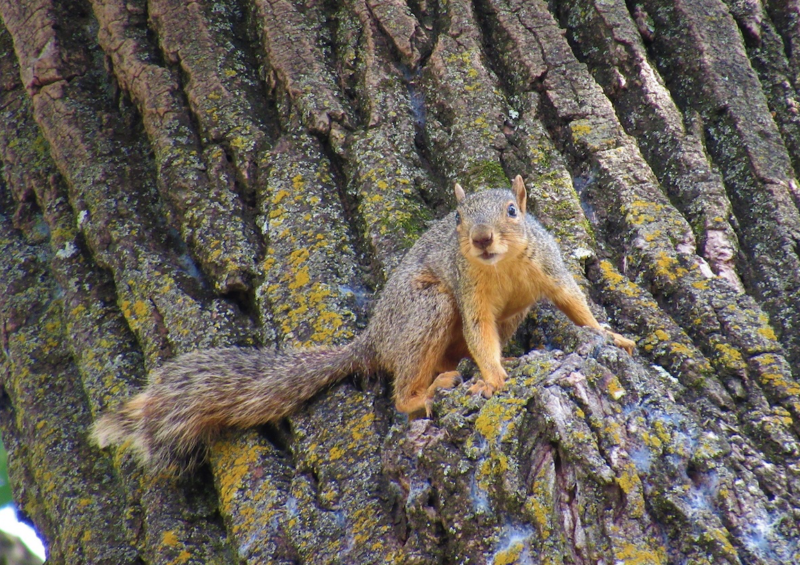
Hickory and walnut trees provide food and shelter for squirrels. The sight of squirrel nests high in the trees give plenty of protection from predators and an indication of a good population. Photo courtesy John Torchick
Those small game hunting adventures defined my early years. Hunting with my father, uncles and cousins, I was content to walk along with them, watching with the eagerness that any kid would show. I became a small part of hunting when I was six years old. That year my birthday present was a Daisy Red Ryder BB gun. Just in time for fall hunting season! I knew that the BB gun was not equal to the shotguns that others carried. Patience paid off! Three years later a Mossberg .410 shotgun was placed in the closet alongside the BB gun. Not only did I have a real shotgun, but I could vie for being the first to shoot, which was the criteria for whom could claim the rabbit or pheasant. Thanksgiving was always special hunting day unless the weather was really bad. I don’t remember a Thanksgiving day that we didn’t have rain showers or snow flurries. After the milking was done, the cows turned out and the barn was cleaned, we unleashed the dogs and headed for the place that offered the best opportunities for game. One day will live in my memory after all these years. A pheasant flushed and my Uncle Mike and I shot at the same time. He questioned the others to determine who was first. Guess who was the quickest!
Rabbit Hunting
This was my first pheasant and added another factor for a love of outdoors and small game hunting. Even after we moved from our farm, we would visit other families in the community where my father was raised. Stopping to ask for permission permitted a few minutes for Dad to catch up on the news of the community. They were friends, raised together, went to school together and had a lot in common living in the country. Wooded areas, pasture fields and untilled ground were abundant with game. Hickory and walnut trees provided food and shelter for squirrels. The sight of squirrel nests high in the trees gave plenty of protection from predators and an indication of a good population. Brier patches, brush piles and clumps of grass sheltered rabbits. Rabbit hunting was a challenge as we didn’t have hunting dogs, but we thoroughly worked those places we knew from experience would shelter a rabbit.
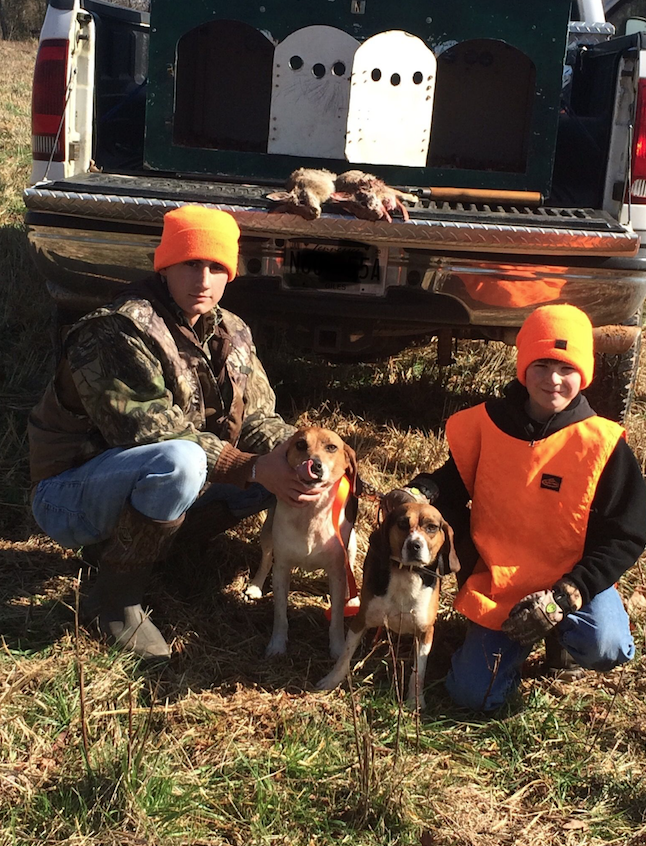
Photo courtesy Jeremy Woodard
My father and maternal grandfather raised beagles. The farms were a great training ground. The highlight of my youth was when my father and grandfather gave me a beagle puppy. I was grown up, at least in my thinking. Her name was Nibby, short for Nibnose. My grandfather named her as she was always sticking her nose somewhere, investigating the strange scents around the farm. When we moved off the farm, my uncle took her and told of hunting tales as she and his lemon-and-white beagle, Ginger, hunted together on his farm.
Later, life found any kind of hunting on hold. Other interests took precedence. It was when I was called as pastor of a church in central Kentucky that the spark was reignited and fanned into a flame. The community was surrounded by scores of farms that contained large expanses of hardwoods and open fields. Permission to hunt was no problem.
Obviously, Sunday was a full day. Monday was a day off for running errands in town. We got to be good friends with a couple and what the lady called my unwinding day. After a bountiful lunch, it was off to the woods, creek or pond. March 1970, my .410 was stolen along with ten other guns. I had managed to buy a couple of guns later but a 12 gauge J. C. Higgins pump shotgun that belonged to my late father-in-law became the choice for field and forest. The maximum shot was about 25 yards. A large supply of empty shotshells from the days of skeet shooting provided a good supply of reloads with 1-1/8 ounces of number five shot with twenty three grains of Red Dot powder. This was equal to the 3-1/4 dram load. The adjustable choke was set at modified, accounting for many squirrels who adorned my plate next to the biscuits while anointed with lots of gravy. My wife doesn’t believe in canned biscuits. Homemade was and still is the standard fare after 48 years. A warning is warranted here. Biscuits, fried squirrel and squirrel gravy will cause your clothes to shrink.
Dove Hunting
At one time, Ohio didn’t have a dove season. Moving to Tennessee in 1966 opened a new era in small game hunting. Late summer was the start of dove season. My introduction to dove hunting was through several fellows at the local skeet club. My mentor, the late Gale Lawson, declared skeet shooting was good practice for dove season. My first time dove hunting recalled an article in a major outdoor magazine. The story revolved around a newcomer to dove hunting. The basic instruction was to “shoot where they ain’t!” Sound wisdom at its best. Yes, the darting and dashing of the dove in flight demands a quick reflex and almost guessing where the dove will be when pulling the trigger. To illustrate, allow me to relate a story about Mr. Lawson and other members of the skeet club.
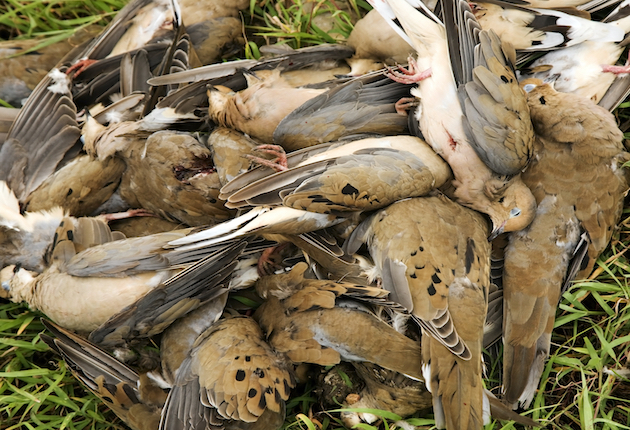
The darting and dashing of the dove in flight demands a quick reflex and almost guessing where the dove will be when pulling the trigger. Image: Canva
After a registered shoot in late summer, a top skeet shooter was invited to join in a dove hunt at opening day. This fellow became frustrated by shooting many times and not touching a feather. He was dismayed and disappointed. How could a little bird cause so many misses? It is so much easier to break a clay target. My own experience with opening day of dove season seemed to be the hottest day of the summer. Sitting at a position around a field while clothed in camouflage isn’t the most comfortable way to spend a day. As with any hunting, the fellowship and the outdoor experience, doves were the icing on the cake. Braving the elements, no matter the season, enjoying the outdoors with friends of like mind, making memories to be treasured and the anticipation of the next hunt makes us come back year after year.
Other Small Game Hunting Opportunities
I haven’t had the opportunities to hunt other small game but rely on the experiences and memory of what others have shared: the explosive flush of ruffed grouse in the mountains, the motionless pointer or setter locked on a covey of quail, the speedy flush of snipe or rail. I agree that spying a buck sneaking through the woods or the wary approach of a gobbler sets the pulse racing. Many states have limited times for big game, but small game hunting seasons offer many opportunities for the field and woods. I’ll be taking advantage of the small game hunting seasons for years to come.
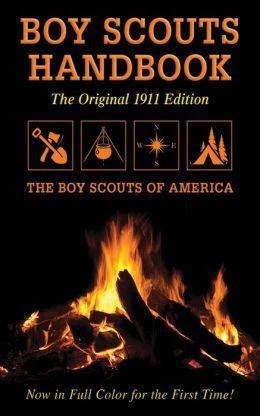 This is a full-color edition of the very first Boy Scouts Handbook, complete with the wonderful vintage advertisements that accompanied the original 1911 edition, Over 40 million copies in print!
This is a full-color edition of the very first Boy Scouts Handbook, complete with the wonderful vintage advertisements that accompanied the original 1911 edition, Over 40 million copies in print!
The original Boy Scouts Handbook standardized American scouting and emphasized the virtues and qualifications for scouting, delineating what the American Boy Scouts declared was needed to be a “well-developed, well-informed boy.” The book includes information on: The organization of scouting, Signs and signaling, Camping, Scouting games, Description of scouting honors. Scouts past and present will be fascinated to see how scouting has changed, as well as what has stayed the same over the years. Shop Now

